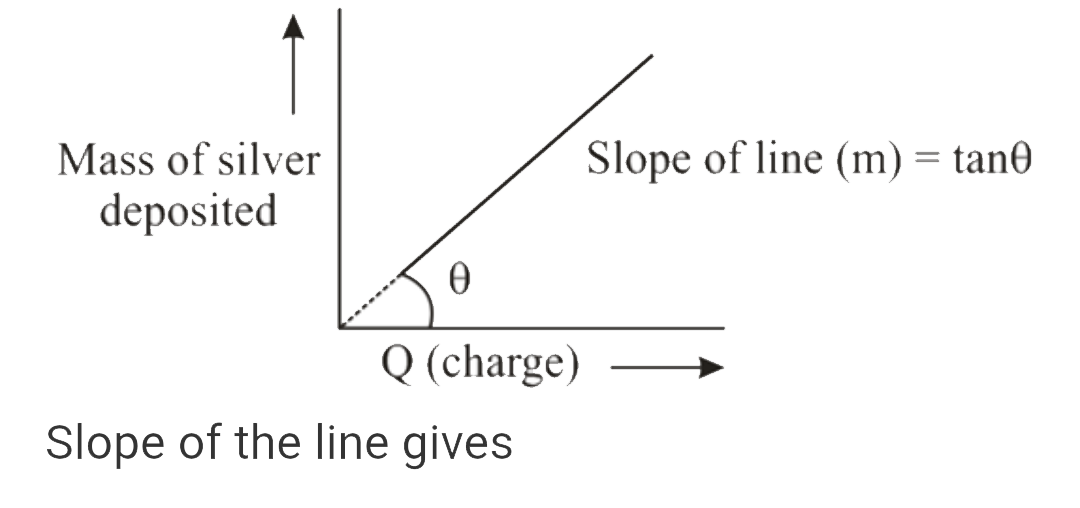The electrolysis of potassium fumarate gives ….........
To solve the question regarding the products formed from the electrolysis of potassium fumarate, we can follow these steps:
1. Identify the Structure of Potassium Fumarate:
- Potassium fumarate is the potassium salt of fumaric acid, which can be represented as CH2=CH−COOK. It contains a double bond between the two carbon atoms and a carboxylate group.
2. Understand the Electrolysis Process:
- Electrolysis involves passing an electric current through an aqueous solution of potassium fumarate. This process will lead to the breakdown of the compound into various products.
3. Determine the Reaction Products:
- During electrolysis, the potassium fumarate will decompose. The expected products from this reaction are:
- Acetylene (C2H2) - formed from the elimination of the carboxylate groups.
- Carbon dioxide (CO2) - released as a byproduct.
- Potassium hydroxide (KOH) - formed from the reaction of potassium ions with water.
- Hydrogen gas (H2) - generated at the cathode.
4. Write the Balanced Chemical Equation:
- The balanced equation for the electrolysis of potassium fumarate can be represented as:
C4H4K2O4+2H2O→2C2H2+2CO2+2KOH+H2
- This shows that one molecule of potassium fumarate reacts with two molecules of water to produce two molecules of acetylene, two molecules of carbon dioxide, two molecules of potassium hydroxide, and one molecule of hydrogen gas.
5. Conclusion:
- The primary product of the electrolysis of potassium fumarate is acetylene (C2H2), which is an alkyne due to the presence of a carbon-carbon triple bond.
Final Answer:
The electrolysis of potassium fumarate gives acetylene (C2H2).
---
- Potassium fumarate is the potassium salt of fumaric acid, which can be represented as CH2=CH−COOK. It contains a double bond between the two carbon atoms and a carboxylate group.
- Electrolysis involves passing an electric current through an aqueous solution of potassium fumarate. This process will lead to the breakdown of the compound into various products.
- During electrolysis, the potassium fumarate will decompose. The expected products from this reaction are:
- Acetylene (C2H2) - formed from the elimination of the carboxylate groups.
- Carbon dioxide (CO2) - released as a byproduct.
- Potassium hydroxide (KOH) - formed from the reaction of potassium ions with water.
- Hydrogen gas (H2) - generated at the cathode.
- The balanced equation for the electrolysis of potassium fumarate can be represented as:
C4H4K2O4+2H2O→2C2H2+2CO2+2KOH+H2
- This shows that one molecule of potassium fumarate reacts with two molecules of water to produce two molecules of acetylene, two molecules of carbon dioxide, two molecules of potassium hydroxide, and one molecule of hydrogen gas.
- The primary product of the electrolysis of potassium fumarate is acetylene (C2H2), which is an alkyne due to the presence of a carbon-carbon triple bond.
The electrolysis of potassium fumarate gives acetylene (C2H2).
Similar Questions
Kolbe's electrolysis of potassium succinate gives CO2 and ……………………
View SolutionIn the electrolysis of an aqueous potassium sulphate solution, the
pH of the solution in the space near an electrode increased.
Which pole of the current source is the electrode connected
to ?
View SolutionIn Kolbe's electrolysis sodium propanoate gives :
View SolutionDuring the electrolysis of fused potassium chloride at platinum electrodes, 0.25 gram atom of metal is liberated. What would be the volume of chlorine that can be collected in the experiment at STP?
View SolutionElectrolysis of queous potassium sulphate containing litmus, develop red colour at anode and blue colour at cathode. Why ?
View SolutionWhich of the following alkanes cannot be produced by Kolbe's electrolysis of sodium or potassium salts of carboxylic acids ?
View SolutionIn the electrolysis of silver nitrate, the mass of silver deposited is plotted against the charge

Slope of the line gives
View SolutionWhat happens when an aqueous solution of potassium maleate is subjected to electrolysis
View SolutionWhy is only molten salt used for the electrolysis of a very active metal like sodium or potassium ?
View SolutionElectrolysis of aqueous solution of Brine (NaCI) gives
View Solution
